Rod mill is the common grinding equipment in mineral processing plants. Different from the ball mill, the grinding medium of the rod mill is mainly steel rod, which can not only ensure the stability of the grinding particle size, but also reduce the phenomenon of over-grinding.
The installation of the rod mill is very important. Improper installation may affect the subsequent production efficiency and schedule. This article will show you how to install the rod mill foundation, main bearing, bearing plate, rotating parts, cylinder and liner.
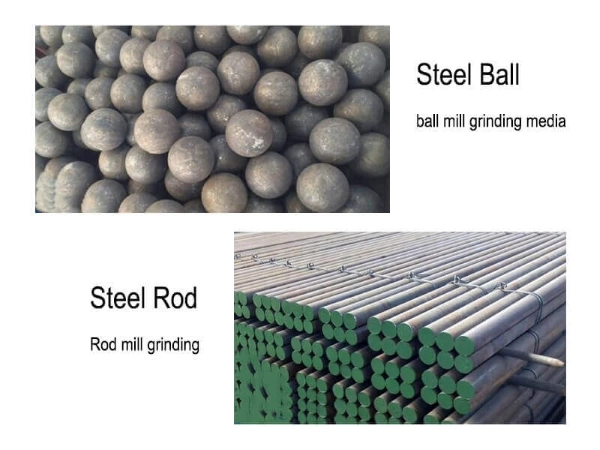
01 Rod Mill Foundation
Rod mill must be installed on strong reinforced concrete foundation. According to the drawings and installation specifications, draw the center line and reference point (or elevation line) of the mill on the installation basis, as well as the center line of the transmission device. After the center line is determined, the center point should be marked at the center, and a red paint circle should be drawn around the center point for eye-catching. Before laying the anchor bolts, clean the rust and oil stains on the anchor bolts, and apply grease to the threaded part to prevent rust. Check whether the bolts and nuts fit well, and check whether the position of the anchor bolts conform to the general design drawing and foundation drawing.
Before the secondary casting of the foundation, the anchor bolts should be tightened, and the oil, paint and rust on the bearing seat and the cushion iron should be removed. The recommended ratio of cement mortar for the second pouring is 1:2. When pouring, pay special attention to filling the lower part of the bearing base with cement mortar. When pouring, it must be tamped and there should be no gaps.
02 Rod Mill Main Bearing
After the foundation strength reaches 75% or more, the main bearing can be installed on the foundation after passing the inspection. Before installing the bearing, the bearing bottom plate should be cleaned, and the technical installation, inspection and proofreading work should be carried out according to the specification of the rod mill. Then install the anchor bolts together with the base plate on the foundation. Put the shim under the bottom plate and adjust the bottom plate to the correct position. The shim can be made of 25*100mm steel plate, and the length is not greater than the width of the bottom plate. It is suggested that the bottom plate of the main bearing should be no less than 8 pieces, the rest of the bottom plate should be reduced. Adjusting sheets can be made of thin steel plates of different thickness, with no more than 2 sheets on each cushion.
03 Rod Mill Bearing Plate
In general, the center distance between the two bearing bottom plates must meet the requirements of the design drawings. However, the actual size of the cylinder and the end cover after assembly may be slightly different from the design size. At this time, construction can be carried out according to the actual size after the approval of the third-party supervisor and designer. The relative elevation of the two main bearing bottom plates is generally measured with a liquid connector or theodolite, and the allowable error is 0.5mm, and it is necessary to ensure that the feed end is higher than the discharge end.
When measuring, the elevation and levelness of the bearing bottom plate should be measured at the same time, find the level while measuring the elevation. Note that the observation hole in the lower part of the bearing seat faces outward, and the contact surface of the bearing seat and the bearing floor should be evenly in contact along its circumference. The local gap shall not be greater than 0.1mm, the non-contact edge shall not exceed 100mm, and the cumulative total length shall not exceed a quarter of the total length of the surroundings.
04 Rod Mill Rotating Part
Before installing the rotating parts, the end cover must be inspected to repair the surface damage such as rust and scratches. And remove burrs, flashes and anti-rust paint on the joint surface at the same time. If it cannot be assembled immediately after cleaning, it should also be coated with a layer of anti-rust grease on the processing surface and packaged. Before installing the rotating part on the bearing, the gear cover in the transmission part should be pre-installed in place. For the recombined rotating parts, the total length and the length of the two journal centers must be measured. When it does not match the center distance of the bearing seat, the foundation needs to be modified.
05 Rod Mill Cylinder
After the cylinder is installed on the main bearing, check whether the bus bars on the two journals are on the same level. The elevation deviation should not exceed 1mm, the feed end should be higher than the discharge end. At the same time, measure the clearance on both sides of the journal and tile surface in the axis direction, and the clearance near the end of the cylinder should be 2.5mm.
06 Rod Mill Liner
When installing the liner, it must be installed in accordance with the direction of the drawing. The spacing between the liners is not more than 10mm. The arrangement of the liner should not form an annular gap, and the annular gap formed between the end liner, the cylinder liner, and the hollow shaft liner must be blocked with cement materials. The bolts for fixing the liner should be carefully sealed and filled. If there is no sealing gasket, you can wind cotton thread or add lead oil to prevent slurry leakage.
07To Wrap Up
Above are the things you need to know when installing rod mill. Only by ensuring that all aspects of the rod mill installation are in place, can the rod mill run efficiently and reduce the occurrence of failures during work. In actual production, it is recommended that all mine owners choose equipment manufacturers with complete installation services to purchase to ensure the correct installation of the rod mill.
- Random article
- Popular articles
- Popular comments
- Tin ore gravity processing technology
- Gold Ore Carbon Slurry Beneficiation Process
- Arsenic Gold Ore Wet Chemical Pretreatment Process
- Sulfide Ore Nickel Ore Mixed Flotation Process
- Laterite Nickel Ore Hydrometallurgical Process for Oxide Ore
- Processing Lithium Ore: Artificial Selection, Gravity Separation, Flotation
- Lithium Ore Processing: Gravity Separation and Flotation



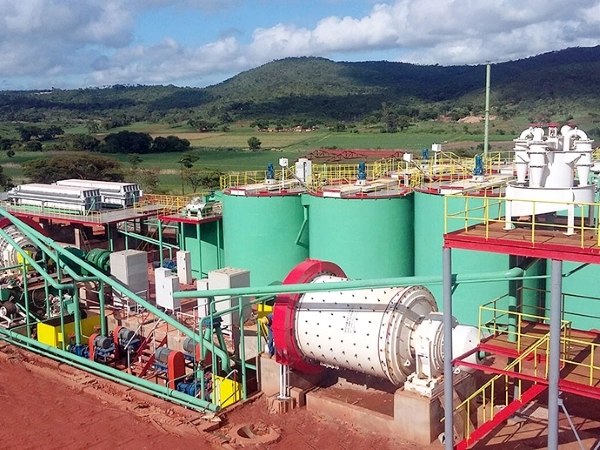


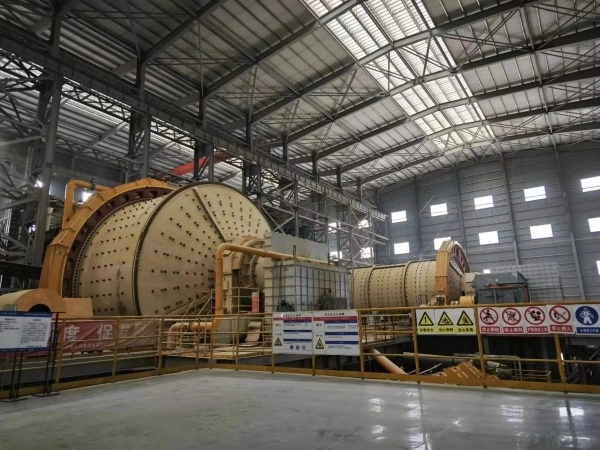




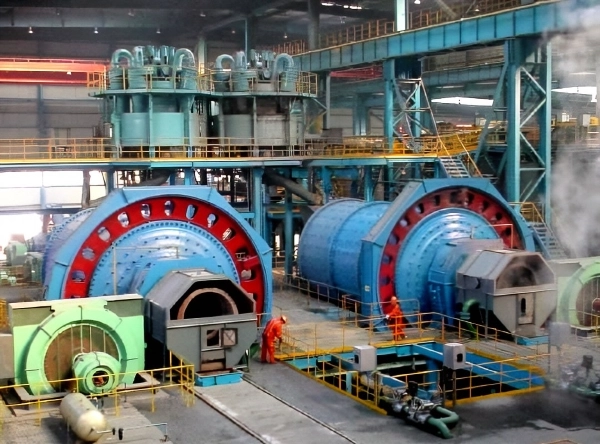
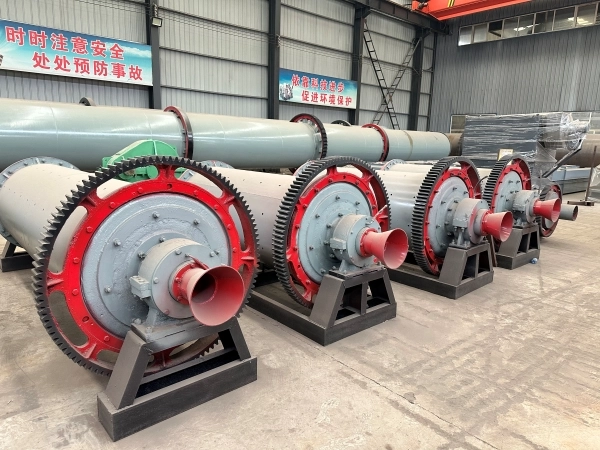


Leave a message with your needs or comments
Add comment: